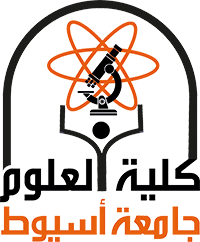Recent years have reported a rise in the occurrence of gastric ulceration especially among young children
and adults. This study investigated the mechanism by which two types of Saudi honey: Alnahal Aljawal
honey (Wadi) or Bin Ghaithan honey (Talh) exerted their antiulcer potential in indomethacin-induced
gastric ulceration. Four cohorts of rats were used: Group 1; Healthy controls, Group 2; Ulcerative animals,
Group 3; Ulcerative + Wadi honey treatment, Group 4; Ulcerative + Talh honey treatment. We profiled
the levels of different indicators of oxidative stress including the activities of gastric mucosal glutathione
superoxide dismutase (SOD), catalase (CAT), peroxidase (GPx), reduced glutathione (GSH), and lipid peroxidation
(measured as malondialdehyde; MDA). CRP content, IL-10, and plasma tumor necrosis factor-a
were also evaluated. The stomach was visually examined for macroscopic lesions and using light microscope
for histopathological changes in the glandular mucosa.
Wadi or Talh honey significantly reduced the ulcer indices, and essentially protected the glandular
mucosa from lesions. Wadi or Talh honey also significantly reduced the gastric mucosal concentrations
of GPx, SOD and GSH. In addition, the administration of Wadi or Talh honey decreased gastric mucosal
plasma TNF-a and MDA, CRP content, and IL-10 levels. In conclusion, Wadi or Talh honey possibly exerted
their antiulcer potential via restoring the homeostasis and stabilizing the enzymatic (SOD and GPx) and
non-enzymatic (GSH) antioxidants as well as reducing the levels of inflammatory cytokines (TNF-a, CRP
content, IL-10 and, NF-jB activity), and inhibiting the lipid peroxidation in the gastric mucosa.
Consequently, Wadi or Talh honey may be of beneficial therapy for patients diagnosed with gastric ulceration.
Clinical studies need to be conducted to further support these findings.
Research Abstract
Research Date
Research Journal
Saudi Journal of Biological Sciences
Research Member

